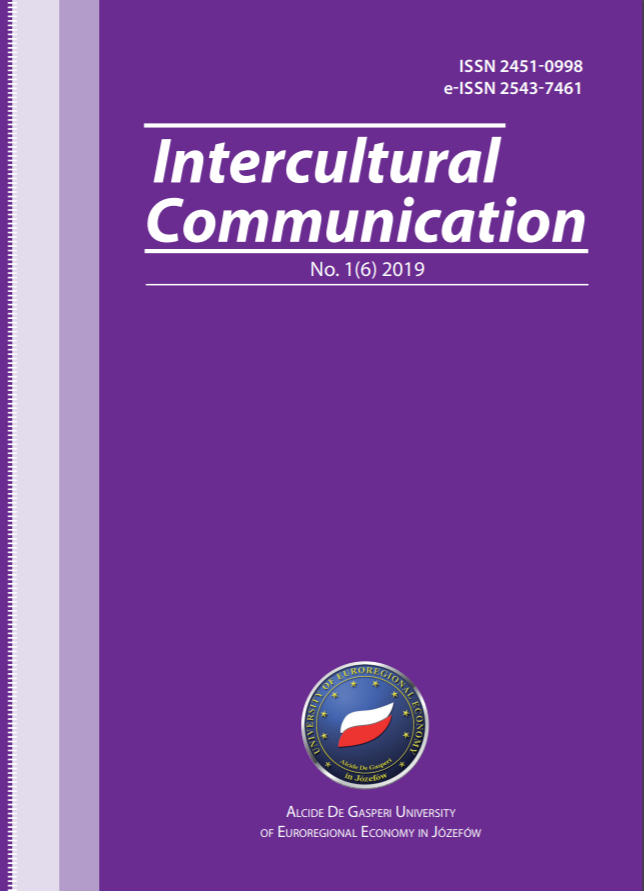The Epic “Edige” in Kazakhstan
The Epic “Edige” in Kazakhstan
Author(s): Naziya Zhanpeissova, Gulzhana KuzembayevaSubject(s): Language and Literature Studies
Published by: Wydawnictwo Akademii Nauk Stosowanych WSGE im. A. De Gasperi w Józefowie
Keywords: folk Turkic heritage; epic “Edige”; manuscript; Kazakh versions; transliteration; archetypal basis
Summary/Abstract: The article studies the fate of Kazakhstan versions of the well-known Turkic epic “Edige”. Written recordings of the epic made in the 19th century by Ch. Valikhanov were promulgated by P.M. Melioranskij. Its Kazakh language later versions based on the Kazakh storytellers’ pieces were all forgotten for decades because of the notorious ideological struggle against the “feudal heritage”. And only since the 80's and 90's of the 20th century Kazakhstani researchers have had the opportunity to study the epic thoroughly and introduce it into scientific discourse. Among the works published in the post-Soviet period are the retransliterated variant of the Valikhanov-Melioranskij, record performed by E. Magauin and the works of Kazakh researchers such as R. Berdibay and Zh. Asanov which deserve today special attention.Purpose. The researchers of those countries whose cultural heritage includes the folk Turkic epic legend “Edige” (“Idige”), created in the Middle Ages, found in written versions or recorded based on words of folk narrators, should unite efforts to create the archetypal basis of this masterpiece.Methods. General scientific methods of analysis and generalization of theoretical material, the comparative method and elements of textual analysis have been used in our work.In particular, we have analyzed theoretical works of Kazakh researchers, and also referred to comparative analysis of the “Edige” epic represented in its various Kazakhstani versions. In the process of comparative textual analysis, phrases selected from a fragment of the epic legend have been divided into speech cycles. In the Ch. Valikhanov’s legend version manuscript, the archaic usage of words (word forms and phrases) and their lexical substitutions (synonymous) by the elements of later Kazakh language have been revealed. The semantics of lexical and phraseological means have been refined according to the dictionaries of modern Kazakh language. At the following stage, the grammatical (morphemic, morphological and syntactic) structure of the manuscript and the latest version of the epic piece have been compared. As a result, outdated and oral-spoken grammatical forms and their modern equivalents standardized from the point of view of written-literary language have been identified.Results. The article based on the Kazakh sources describes the history and circumstances of producing the Kazakh medieval epic “Edige” versions, which is the folk spiritual heritage of a number of Turkic nations (Nogai, Kazakh, Tatar, Bashkir, Karakalpak).Comparative analysis of a fragment of the original manuscript by Ch. Valikhanov retransliterated at the end of the 20th century by E. Magauin and the Kazakh transcriptions made by K. Satpayev as well as by other scholars in the early 20th century, have revealed some late changes that violate the archaic structure of the epic. It has been stated that these changes were applied to the text of the epic “Edige” in order to facilitate its perception by the modern Kazakh reader.The prospects for this research can be defined as further systematization of all written epic “Edige” versions stored in libraries and manuscript collections of Kazakhstan, Karakalpakstan, Karachay-Cherkessia, Tatarstan and Bashkortostan; creating a single text of the epic close to the archetypal one. In addition, it is necessary to prepare the publication of the epic “Edige”, supplied with detailed philological, historical and cultural comments, based on the analysis of all written versions, including those that were recorded later based on folk narrators stories.
Journal: Intercultural Communication
- Issue Year: 1/2019
- Issue No: 6
- Page Range: 21-35
- Page Count: 15
- Language: English

